Digital Completions in Plant Modifications and Upgrades
Unlike greenfield or any new build construction projects, plant modifications and upgrades present a unique set of challenges. Work is carried out...
4 min read
 Lisa De Vellis, PE
:
Oct 18, 2023 8:00:00 AM
Lisa De Vellis, PE
:
Oct 18, 2023 8:00:00 AM
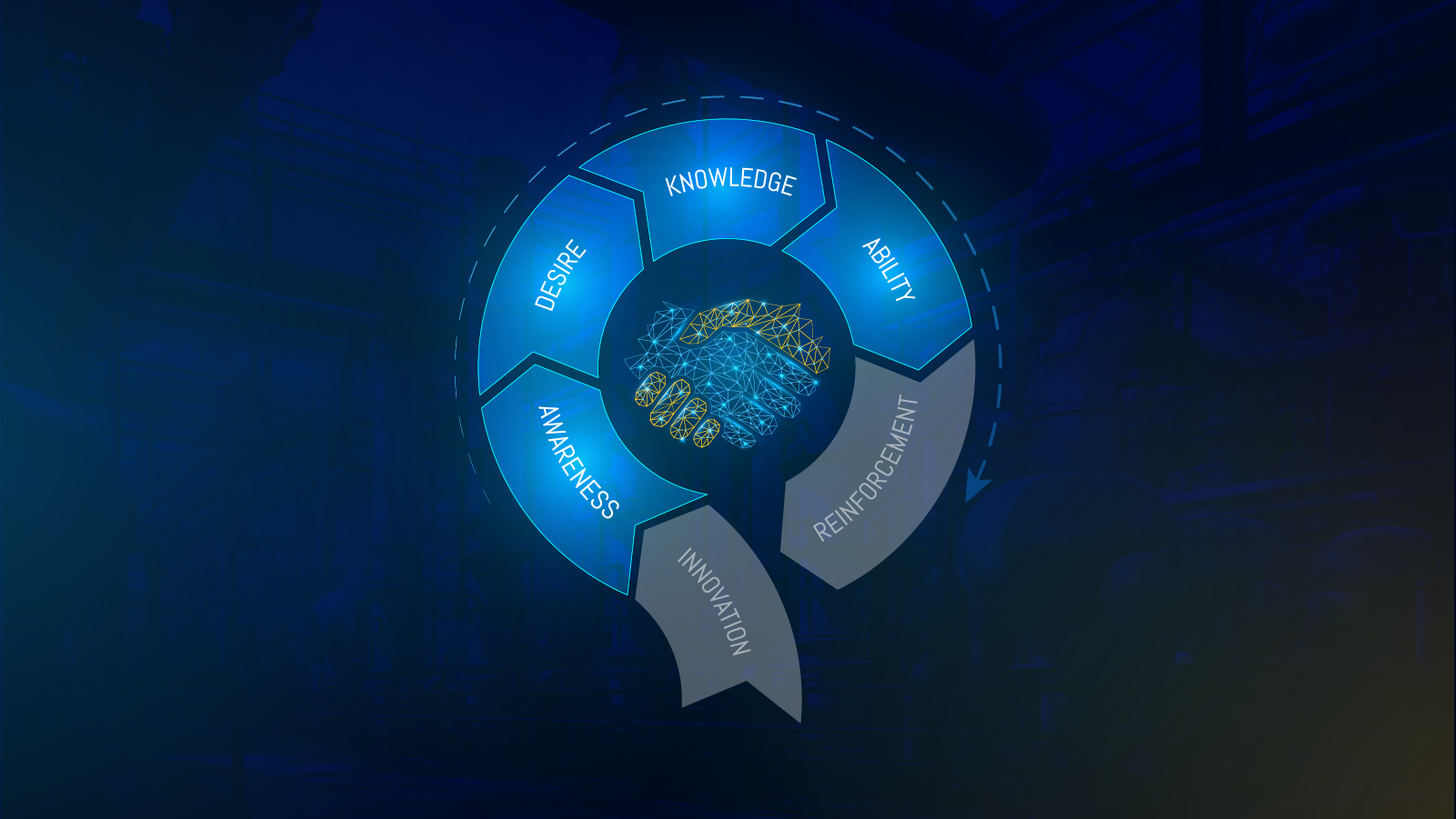
To realize increased efficiencies in construction execution, the ability to adapt to change by onboarding new technologies is paramount. Organizations that are quick to embrace new digital tools gain a competitive edge. But achieving this requires more than just Awareness and Desire for change.
This blog continues in our series about approaching digital transformation in partnership through a change management model for maximum uptake and scalability. The ADKAR model of change management is outlined as follows:
Our previous blog addressed Step 3, Knowledge, which is a bridge that empowers users. The fourth stage in the ADKAR change management model, Ability, focuses on equipping employees with the skills and know-how they need to effectively adapt to and uptake the change.
The goal of Step 4 in the ADKAR model is Knowledge: arming employees with the skills to adapt to and uptake the change.
In a digital transformation (DX) journey, the success of any initiative hinges on the ability of users to effectively leverage new digital tools. It's not just about introducing software and hoping for the best. It's about ensuring that your workforce understands and is behind the change, actively embracing it.
But Desire and Knowledge are not enough. Crucially, end users must possess the ability to optimize the new tools so that they, and the organization at large, can realize the swath of benefits.
Even if Awareness and Desire to onboard the new digital tools exist, and if the Knowledge base is ever expanding, if employees lack the necessary skills and capabilities to use the new tools effectively, the digital transformation will falter. People need to be able to implement their acquired knowledge in practical ways through effective and optimized use of the introduced software solutions. This is where the Ability stage of the ADKAR model comes into play.
Upskilling employees to use, embrace and optimize new digital tools is not just about providing training and expecting people to adapt. A savvy digital partner works hand-in-hand throughout the uptake of their software and beyond, actively seeking out user feedback.
The best digital partners create a positive feedback loop between users and software development. User feedback is invaluable in shaping the user interface (UI) and user experience (UX) of digital tools. When software developers listen to users' needs and pain points, they can create tools that are not only functional but also intuitive and user-friendly. This increases uptake, optimizes use of the tool for the best possible ROI and enables scalability.
When users have the skills to leverage new tools effectively, they become champions of those tools. Ideally, every user turns into an ambassador for the new way of working – this occurs through successfully achieving Awareness, Desire, Knowledge and Ability. This bottom-up approach is instrumental in ensuring long-term, sustainable change within an organization.
To build the Ability of your workforce, your digital partner should be able to provide the right training and ongoing support. Recommended actions best pursued in digital partnership to achieve the upskilling of your workforce to successfully adopt new technological tools follow:

Effective change management for the optimized uptake of new digital tools doesn't stop at training; it requires ongoing monitoring and support. Here are some strategies for progress monitoring that your digital partner can lead on:
Effective Ability-building heightens user engagement and positively reinforces the change – in this case, the digital transformation. Only then can the adoption of new tools achieve a 100 percent uptake, optimizing their use, so that these valuable time-and-money-saving tools can be scaled up to other projects and sites, ensuring that the benefits of digital tools are maximized across the entire organization.
Empowering your team with the skills and capabilities they need to adapt to and uptake new digital tools is essential for long-term success. When users become champions of these tools, and when their feedback is integrated into software development, organizations can realize tangible results in terms of efficiency, safety and decarbonization of materials and workflows. By embracing the ADKAR approach (or other change management framework) in digital partnership, organizations can not only adapt to digitalization but thrive in it.
Stay tuned for the next and final step in our series DX Change Management with ADKAR: Reinforcement.
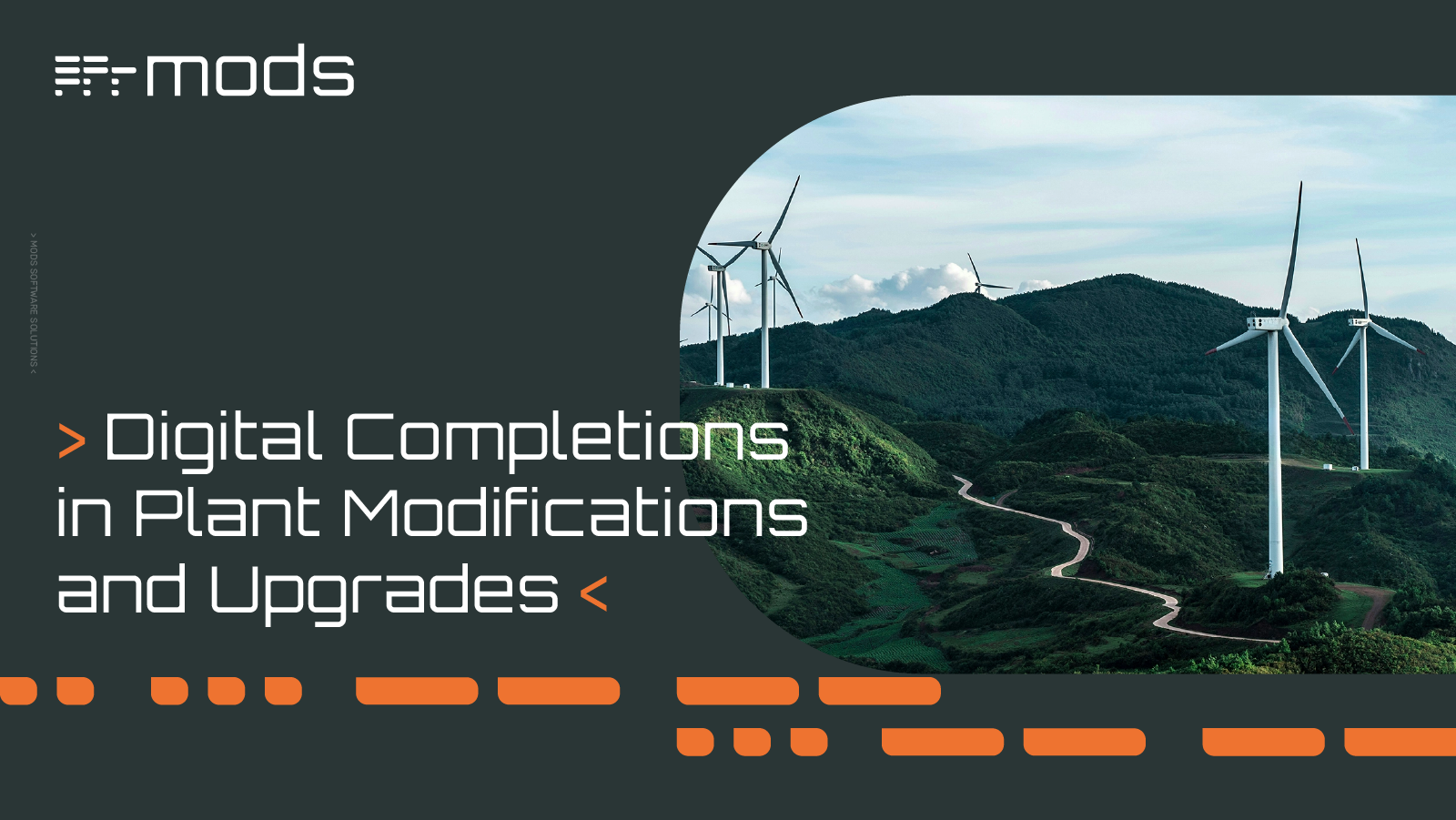
Unlike greenfield or any new build construction projects, plant modifications and upgrades present a unique set of challenges. Work is carried out...

Turnarounds and shutdowns are among the most critical—and stressful—phases in the management and operation of industrial assets. These planned...
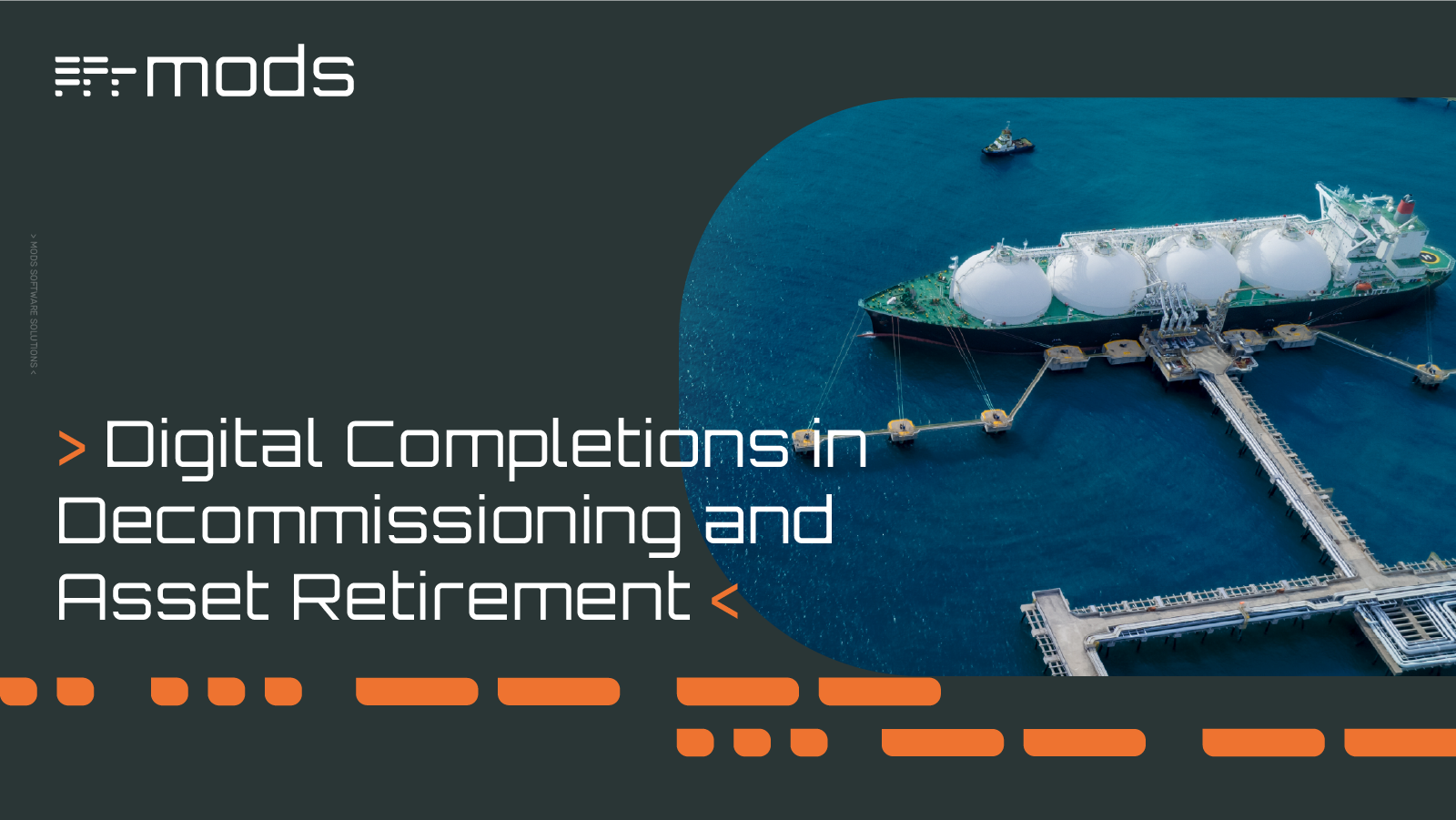
Offshore decommissioning and asset retirement present significant logistical, regulatory, safety, fiscal and reputational challenges. The process of...

“Even the most advanced technology can’t achieve anything by itself. Value emerges as a combination of the tool and the people who operate it....
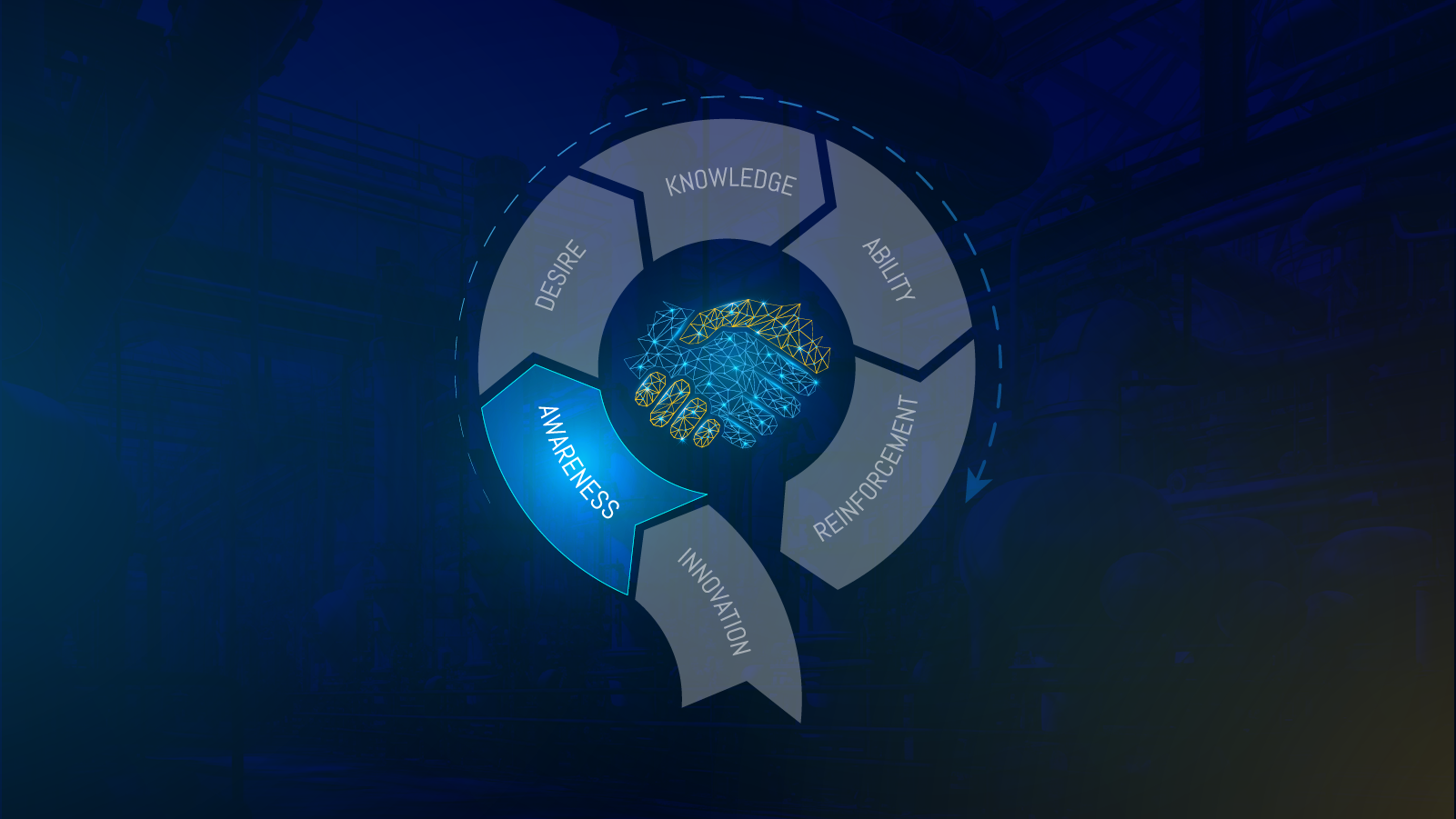 Read More
Read More
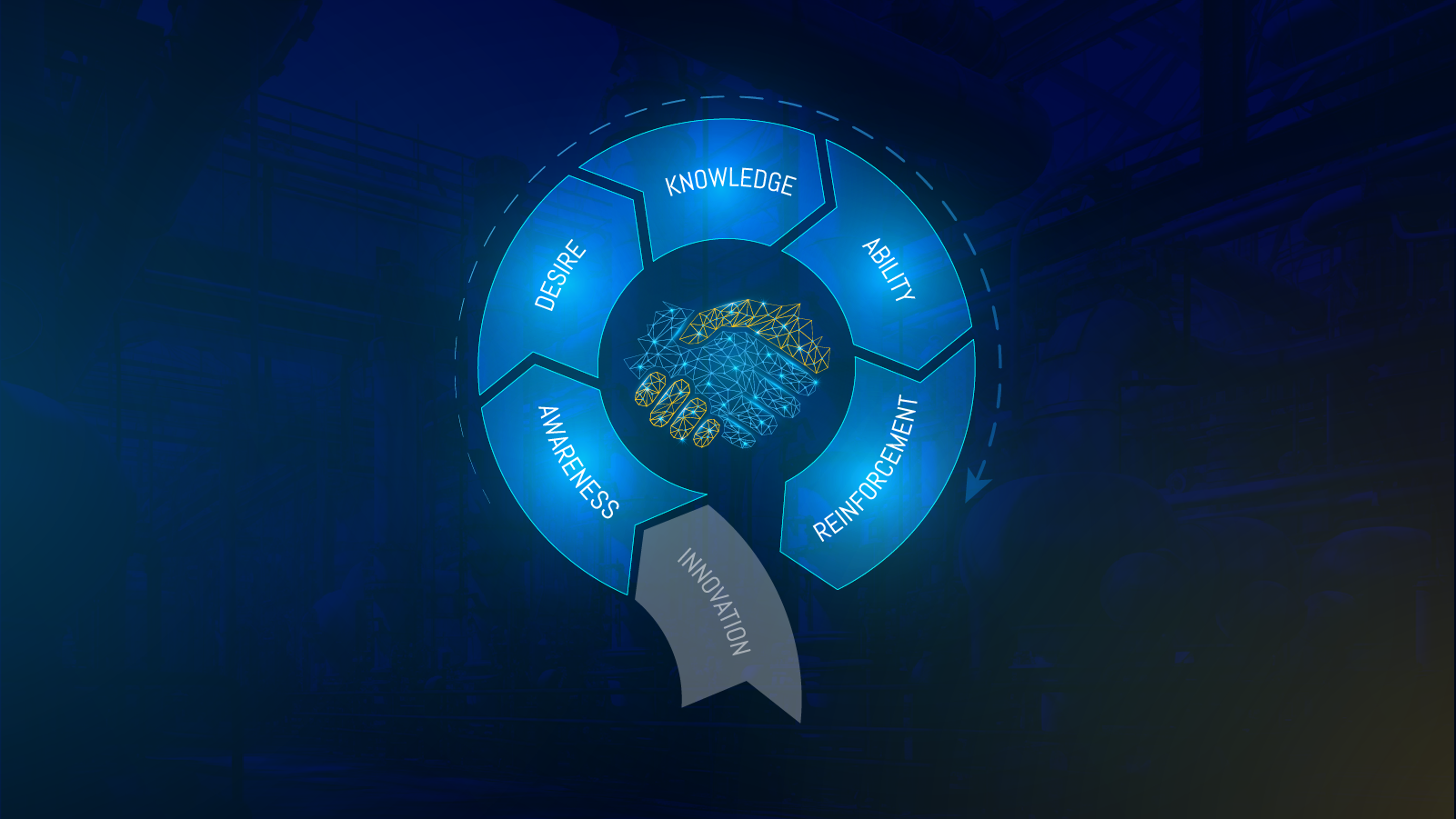
Managing organizational change for successful digital transformation benefits hugely from a robust digital partnership. Leaning on a change...